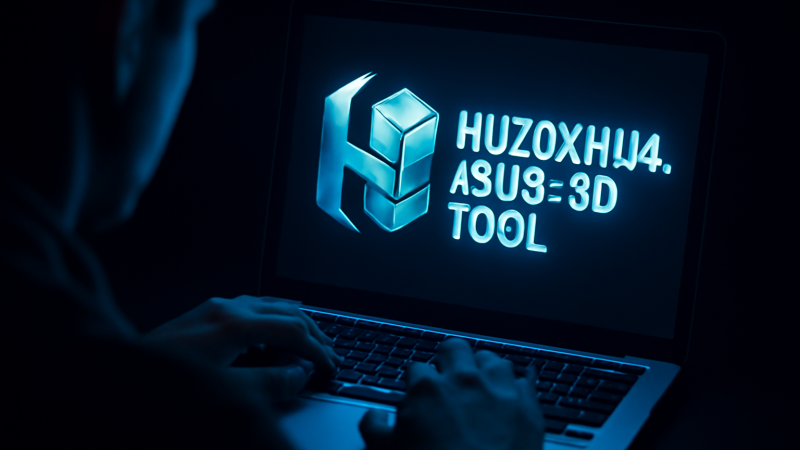Finding the Best Database Management Software

A database is one of the essential components of any information system. It is a collection of organized information stored in a computer system. The information stored in a database can be accessed, modified, and updated as required by authorized parties. The functioning of a database is aided by database management software. These are computer programs designed to create, modify, and manage information stored in a database. The efficiency of a database is determined by the database management software. There are many factors that affect the effectiveness of database management software. This article explores the essential features of good database management software and the importance of this software in information systems.
Importance of Database Management Software
Database management software plays various roles in the information system. Their roles vary depending on the nature and volume of data they handle. Here are some of the main benefits of database management systems that cut across all types of data.
They Reduce Repetition and Redundancy
When a database is used by more than one user, the chances of data duplication are very high. Duplicated data consumes a lot of space, increasing the data storage costs. Database management systems create a central data repository that can be accessed by all users. This eliminates chances of data repetition and redundancy within the database.
They Ease Maintenance of Large Databases
Databases hold huge volumes of data, especially organizational databases. Accessing information in such databases could be hard when done manually. Database management software categorizes data into files with specific information that users can easily access. Thanks to this software, files in a database can be organized depending on data type, size, and date of creation or modification. Easy access to files in a database streamlines operation in an organization.
They Enhance Information Security
Information security is an area of key concern when handling huge volumes of data. Databases contain a lot of information that could be destructive when accessed by unauthorized individuals. Additionally, loss and destruction of files with essential information could take place in case of unrestricted access. Database management software limits user access to specific files in a database. This prevents access to information that could be considered unnecessary. The limited access to files ensures the security of data in an information system.
They Improve File Consistency
Database management software allows one to create a standardized mode of using files. This ensures the consistency of files even when accessed by different users. Additionally, only the administrators can change critical information in files on the database. This allows streaming of uniform data by all users of the database.
They Support Multi-User Interface
The need to access data by individuals varies depending on the nature of data. Some data attracts access from more than one user at the same time. Database management software allows different users to access the same data concurrently. The accessed data can also be viewed separately by the users on different interfaces. Although the viewers access the same file, the information is presented in different views.
Types of Database Management Software
There are several types of database management software. The features of these software vary depending on the nature and volume of data they handle. Therefore, one should consider the volume of data and type of data in a database when selecting software for their organization. Here are some common database management software.
Hierarchical
The term hierarchical is a derivation of the term hierarchy. Hierarchical database management systems arrange data according to hierarchy. This could be from top to bottom or vice versa. With a hierarchical database management system, data is recorded in a tree-like arrangement. An example of such data is parent-children relationships. Where the parent is placed at the top of the tree and children follow below. It mainly gives one-to-one and one-to-many relationships.
Network
Network database management software allows modeling of relationships between various data. It is considered a complex extension of the hierarchical database management software. Other than giving the relationship between various data in the database, network data management software provides access to data by various paths. The data in this software is represented in the form of graphs that allow modeling of intricate relationships. The modeling of relationships makes it more efficient.
Relational
Relational database management software are the most extensively used in organizing data. With these software, data is normalized, organized, and stored logically as independent tables. Users can manipulate the data in these by SQL query builder tables to suit their use. The data shared using this software depicts the relationships between the created tables. Therefore, it preserves the relationship between datasets stored in the tables.
Object-Oriented
Object-oriented database management systems look at data as groups of objects. The data is stored as both values and methods. It is grouped as objects with similar values and methods. This database management software works with object-oriented computer programming languages such as C++ and Java.
The above named are general database management software categories. Developers have developed specific software to suit specific applications. The features in the software one choose depends on their intended use. Additionally, the choice of software developers depends on individuals’ preferences. Common areas where database management software are applied include;
- Banks- To handle client information and other bank activities such as credits and disbursements.
- Airlines-For handling passenger information when booking and scheduling flights.
- Academics-To process essential students’ and tutors’ information such as course registration, results, and evaluation reports.
There are many more applications of database management software. The information one can access in a database depends on their level as users. There are three main types of users allowed to access data by a database management system. These are the database administrator, application programmers, and end-users. End-users interact with the database management software to perform manipulation on data. For a database management system to be effective, database control measures should be implemented by all users. These measures ensure the accesses and use of information on the database are properly governed. The main elements to be observed in data control measures are integrity, usage rights, and authentication.






